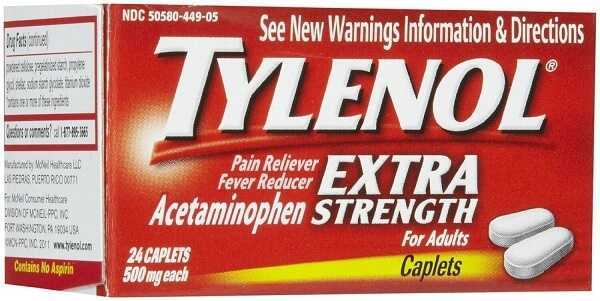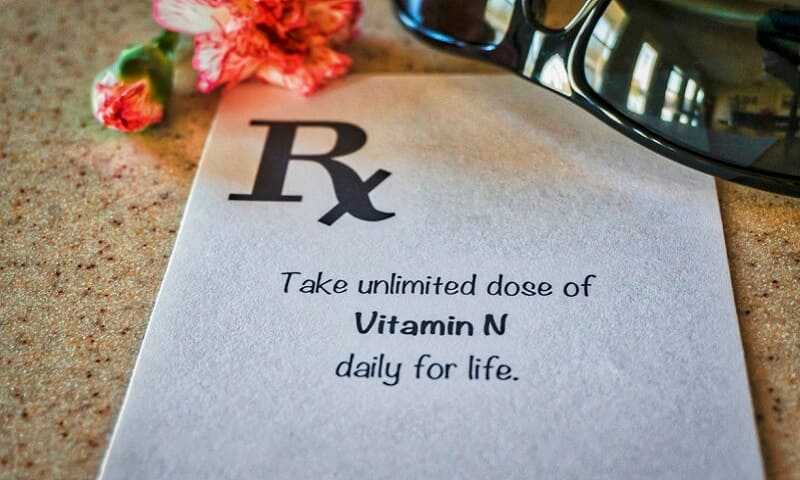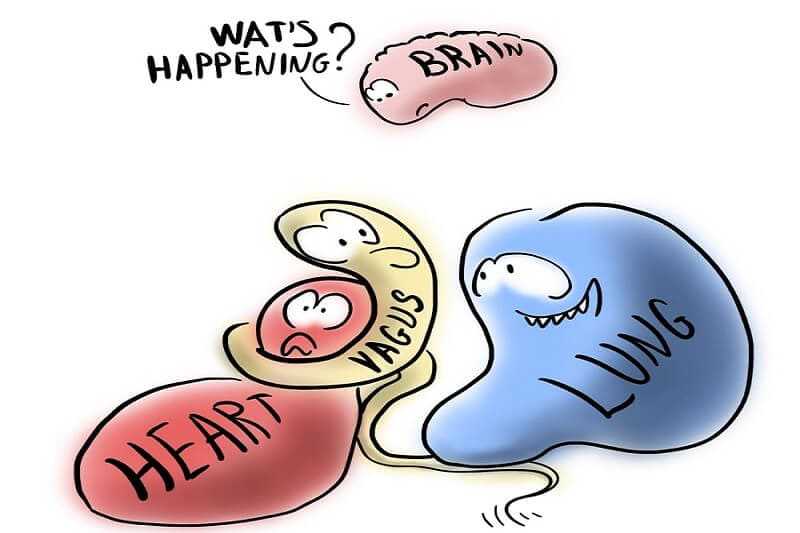Is Money and Pain Relief Connected?

As you may read over and over throughout the posts on this website, there are approximately 100 million Americans who suffer from chronic pain. This not only has a measurable effect on quality of life but also impacts the financial vitality of a person, family, and nation. The topic of this post will be to answer the question, “Is money and pain relief connected?”
I want to also suggest that ineffective treatment of chronic pain is ravaging the economic prosperity of the U.S. (let alone the patients themselves).
If you just consider the vast numbers of people affected by chronic pain, it would make sense that the money spent (and the money lost) would have to be enormous. It is really a national crisis that is being under-reported by the media. The media loves to emphasize more emotionally laden topics (which sell commercial time better and results in higher profits for the 6 corporations that control the American media).
Lets look, for a moment, at the actual conservative estimates of the cost of chronic pain.
The Cost Of Chronic Pain
Writing in The Journal of Pain, health economists from Johns Hopkins University evaluated the impact of chronic pain on health care costs and labor markets. Overall, the annual cost of chronic pain to the economy of the U.S. is as high as 635 billion dollars per year. This exceeds the combined costs of heart disease, cancer, and Diabetes.

The study evaluated both the additional cost of treating chronic pain and the lost labor contribution of a chronic pain patient. It did not look at pediatric chronic pain, patients who are institutionalized in chronic pain, non-civilian chronic pain patients, and the care-givers of chronic pain patients.
It is reasonable to assume that the effect of chronic pain on the unstudied populations would also have increased expenditures and decreased labor contribution. In other words, the 635 billion dollar economic cost vastly under estimates the true cost.
At the very least, this amounts to 4 % of the entire gross national product for the U.S. for 2012 (when the data for the study was collected) which was 15.38 trillion dollars. I suspect it is higher now and higher than estimated for the reasons already stated.
The national economic impact of chronic pain has been largely ignored. When was the last time you saw a media outlet feature this topic? Have you ever heard any politician emphasize the problem of chronic pain in the U.S.?
Being that treating chronic pain is so costly, it is essential that each American citizen with chronic pain have a robust medical insurance policy. In the next section I will discuss what happens when a chronic pain patient is “under-insured.”
The Reality Of Being Under-Insured
The definition of being under-insured is simply having inadequate insurance coverage. This concept is harder to quantify and study than you might think as all medical insurance policies have built in limitations to what they will pay for.
It would be unrealistic to think that any expenditure for health care, that could possibly benefit a patient, would be automatically covered by medical insurance. No company could survive economically under such open ended expenditures.
Insurance companies remain economically viable by accurately predicting what their yearly expenditures will be (that is what an actuary does for an insurance company). Without predictability, insurance companies would not be able to know what to charge for their coverage.
This is not only true with commercial health insurance, but also true with government financed programs. Socialized health care (available in many countries around the world) also has limits to what it can pay for. Every health financing organization operates on a budget…no one gets unlimited health care.
What this means is that, from the Medicaid patient to the patient with the best, most robust commercial health insurance coverage, there will be limitations on what health care expenditures will be covered. The difference is how quickly the expenditures reach the “cap” (the preset limits of spending by any insurance device whether it be commercial or governmental).
Obviously, it is better to have a robust policy than a “bare bones” Medicaid policy. Commercial insurance allows the beneficiary to choose what will be paid for …Medicaid (as well as Medicare) chooses for the beneficiary what they will cover. Yet, and still, every person with health insurance can become “under-insured” given certain circumstances.
If you have followed me thus far, what do you think happens to the work habits of a patient who has ineffectively treated pain? Would you expect them to have a robust commercial policy or a governmental policy? Would you think they reach their “cap” sooner or later?
Here again, the chronic pain patient is often “under-employed” mandating that their medical coverage becomes governmental…assuring a smaller “cap” on benefits. The most extreme limitations on insurance coverage come when a patient has no health insurance because they make too much money to qualify for Medicaid and too little money to pay for health insurance.
These people are often labeled the “working poor.” According to the U.S. Census Bureau, 1 in 3 families in the U.S. fall into this category with 48 million Americans having no form of health insurance whatsoever.
So you can see that, in addition to the tremendous financial burden chronic pain foists onto individuals and our nation, there is also a health insurance crisis in America. The “patchwork quilt” of healthcare coverage that was so popular in the U.S., when large industrial companies provided it, is no longer covering enough people to hide what has always existed…a woefully inconsistent medical insurance coverage system.
This inadequate system is the least kind to people who can work but cannot afford health insurance. In the next section I will be discussing the effect chronic pain has on personal finances.
The Reality Of Chronic Pain’s Effect On Personal Finances
It doesn’t take much imagination to consider how chronic pain would affect the personal finances of a patient. Their life is limited and regulated. They live in the smallest homes, eat the cheapest food, take generic medicines, drive the most dilapidated cars, etc..
They have no savings, no retirement, and take no vacations. Their children go to the worst schools, are the least college educated, and work in the lowest paying jobs. The financial effect of chronic pain not only affects the quality of care that the patient receives, but also has a generational effect on their families.

The chronic pain patient often ends up in poverty. Poverty begets poverty as the cycle duplicates itself. The consequences of inadequately treating chronic pain are far more extensive than to the chronic pain patient themselves.
The burden of inadequately treated chronic pain can become so heavy that families resort to illegal and unethical ways to earn money. They become impacted by our system of law enforcement further exacerbating the cycle of poverty. What appears on the surface as simply irresponsible behavior, when looked at in a more reasoned manner, is really the hopelessness that comes with chronic pain.
In the next section I will be discussing the reality of the cost of treating chronic pain in America today.
The Reality Of The Cost Of Rendering Chronic Pain Management
Nearly every academic study on the most effective way to treat chronic pain recommends fashioning a multi-faceted approach. When a chronic pain patient utilizes medicines, physical therapy, therapeutic exercises, injections, chiropractic therapy, and so forth and so on…they have the best results in pain reduction.
Does anyone really argue with that approach? I totally agree that such an approach is very effective. However, how does that get paid for? Even the best medical insurance policies have limitations on how many services they will cover (and for how long).
A common mechanism that is used by insurance carriers is to limit the duration of care to what is designated as “maximal medical improvement.” This moniker is usually assigned when a patient does not continue to show signs of pain improvement after 6 months of using a particular modality.
Take Lumbar Facet injections as an example. Many times in my pain medicine practice, patients who had temporary relief from these types of injections had them limited by the insurance carrier when they needed to be given every month to keep a patient functional.
But isn’t chronic pain, by definition, chronic? In order to begin to qualify as chronic a patient has to have had the pain for at least 3 months. In effect, the patient will only have an additional 3 months of injections available to them after qualifying as chronic when an insurance carrier limits further treatments on the basis of “reaching maximal medical improvement.”
The patient’s only covered option under these circumstances becomes pain medicines. The most reliable, predictable, and affordable medicines for chronic pain relief are generic opiates. What the patient has left as their only option to have covered are the very medicines that the government has been waging a “drug war” against for 40 years. It is the proverbial “squeeze play” for the chronic pain patient.
The treatments that are highly effective become unaffordable but the treatments that are affordable are not widely recommended and are stigmatized. That’s called a “squeeze play” and the chronic pain patient is the target.
In the next section I am going to tell you some difficult information about Doctors…I witnessed what I am about to tell you first hand.
The Reality Of Financial Motivations In Medicine
The person who wants to become a medical Doctor is usually motivated by an altruistic heart. I say this because the rigorous training, the forced poverty during training, and the intense vicarious experience of treating human suffering “sifts out” people who are otherwise profit motivated. If you want to make a lot of money, there are much less grueling ways to do so than going into medicine.
However, there are several transformations that occur during the process of making a Doctor. The first thing that happens is the accumulation of a significant amount of education debt. According to the Association of American Medical Colleges, graduates from public medical schools took out education loans averaging 167,763$ in the year 2014.
If the young Doctor went to a private medical school the average amount of educational loans was 190,053$ in the year 2014. This is debt that has accrued before the young Doctor even approaches a bank to open their practice.

In the second transformation , a young Doctor will often see themselves “behind” other members of their generation as they have had such a prolonged period of “delayed gratification of needs.” Many will be in their 30’s or even 40’s before they begin to make a regular income.
In the third transformation, young Doctors often choose specialties that provide the greatest financial potential to “catch up.” This is in the surgical specialties (it has been so since the time of Hammurabi). Surgeons “catch up” the quickest financially. The thing is, we don’t need as many surgeons as we need Family Doctors, General Internists, and General Practitioners.
The whole field of medicine becomes distorted by the financial pressures placed on the young Doctor who becomes more and more financially motivated as their loans come due and their “delayed gratification of needs” pressure them. Their altruism is eroded by the cost and duration of medical training.
Once in practice, given the option to help people with a low income producing procedure (such as prescribing a medicine) versus performing a high income producing procedure (such as a surgical procedure) the choice is obvious. Cognitive care (such as sitting talking to a patient) doesn’t pay.
Enter in the chronic pain patient. Given the option of an expensive surgical procedure over an inexpensive office visit, it is not hard to understand why most pain management Doctors will choose the more expensive surgical procedure.
Subsequently, the cost for effective pain relief skyrockets and patients have thousands of procedures that neither cure their disorder nor permanently relieve their pain. Altruism has been replaced with financial pragmatism. The chronic pain patient is caught in the middle of this maelstrom.
In the next section I am going to discuss how the enhancement of governmental regulation has exacerbated the problems for the chronic pain patient.
The Reality Of Governmental Regulation On Pain Management
Of course, the government recognizes the maelstrom of procedure oriented medical practice. Their response has been to regulate the indications, reimbursement, and frequency with which surgical procedures may be done. Their regulation does not include a sensitivity to the needs of the chronic pain patient.
Further exacerbating the problem has been the government’s obsession with what they call an “epidemic” of drug abuse in the U.S.. Even though recent studies by Dr. Carl Hart at Columbia University clearly show that the “cage” a person lives in (their environment) correlates best with whether they will become addicts or not, the U.S. government is obsessed with the vilification of the medicines and the Doctors who prescribe them for chronic pain.
The actual incidence of opiate abuse is quite low in the general population (and has been for all time). 3% to 15% is the general range when all good studies are considered. It has been difficult to collect accurate information on the true incidence of opiate addiction as nearly all studies are not based on prospective, placebo controlled, double blinded analysis (the gold standard for accurate clinical research).
Indeed, there are more addicts in the U.S. than we had 50 years ago. However, this is because of a burgeoning population and not because of a dramatic increase in the percentage of Americans becoming opiate addicted. Many other commonly used medicines for pain have a higher lethality than opiates (Anti-inflammatory medications for one).
In my final section on money and pain relief, I am going to suggest a strategy for the chronic pain patient.
The Reality Of Personal Responsibility For Pain Management
The patient with chronic pain is going to have to determine to transition from being dependent on the health care system for relief to obtaining relief on their own. By now you should have a good idea that there will be no health care system that can afford to treat your pain for a lifetime.
In the early stages of chronic pain care the objective should be to discover the medicines, exercises, non-surgical treatments, and surgical treatments that can relieve a person’s pain. In so far as insurance coverage will allow, nearly all modalities that offer hope should be tried in the first 6 months of treatment.
The chronic pain patient will need to take note of what worked and what didn’t. The modalities that were effective and inexpensive should be the focus after the 6 month “discovery period.” Thereafter, the focus of the chronic pain patient will be to utilize those modalities with an emphasis on self-treatment at home.
A multi-faceted approach would be used by the chronic pain patient of which they would self treat. TENs units, prescription medicines, alternative medicines, home traction, home exercises, etc. should be the focus of the chronic pain patient after the 6 month “discovery period.”
It may be necessary to occasionally re-engage the healthcare system for prescription renewals and surgical treatments. However, the autonomous approach puts the patient in charge of their own pain relief. It is more flexible, more immediate, and more cost effective. It decreases the dependency of chronic pain patients on the health care system.
I believe this is the answer to effectively treating chronic pain in America.
Final Comments
I have reviewed many aspects of, “Is money and pain relief connected?” The resounding answer is yes.
If you are experiencing chronic pain…you are not a victim. You can be in charge. This website offers many of the treatments that you can perform by yourself at home. There are over 100 articles on pain disorders and treatments on this website. You can fashion your own regimen for pain relief.
Your relief is proportional to your willingness to take responsibility for it. There is hope…
If you have any further questions please comment below page. I will answer you promptly.
Wishing you joy and healing.





